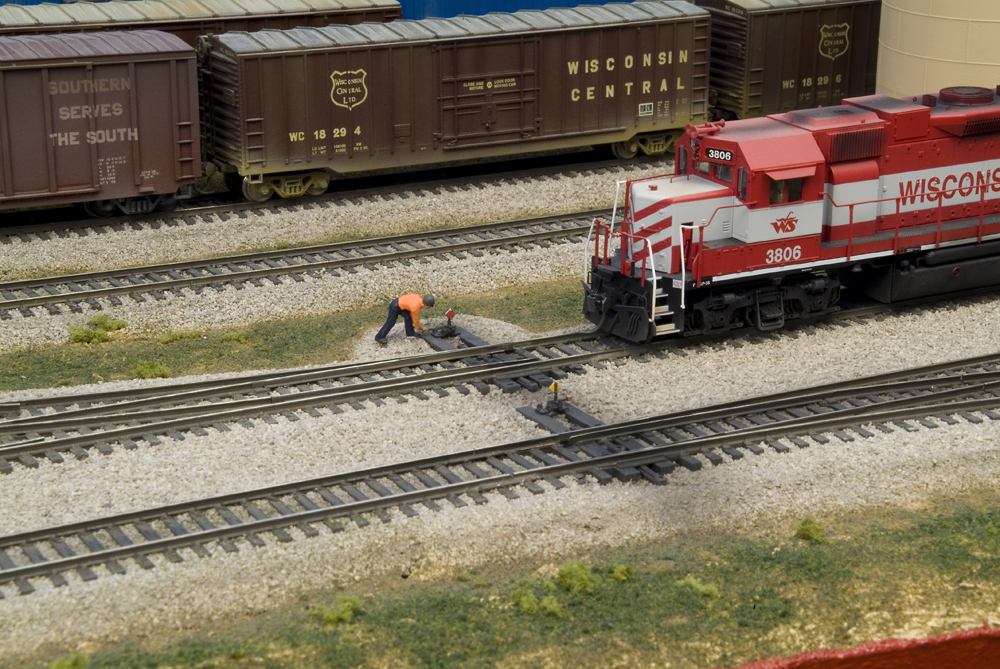
OK, time for a show of hands. How many of you enjoy ballasting? That’s what I expected. Ballasting isn’t an aspect of the hobby most modelers enjoy. However, I’ve ballasted parts or all of several Model Railroader project layouts over the years, and I’ve come to enjoy adding those tiny granules to layouts. When I […]
Read More…
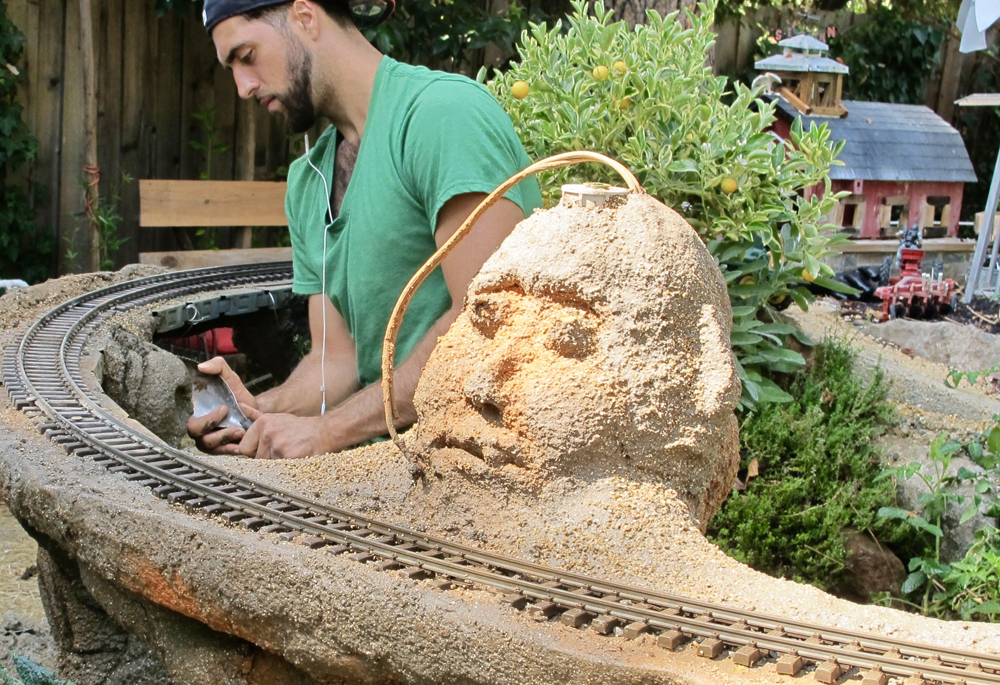
Hypertufa recipe and techniques How have you made structures and walls with hypertufa or similar cement products? Two reports show four different applications for hypertufa. Ray Turner shows a picture of his helix mountain still unpainted for us to study; the final photo shows a magnificently finished set of bridges spanning the cement-product valley backdropped […]
Read More…

In my last column for Garden Railways (Tunneling through tough times), I mentioned learning more about making handmade hardscape using hypertufa “in the next issue.” Little did I know how much would change in the next couple of years—the print GR is no longer produced and Trains.com has been revamped. I’m finally ready to showcase […]
Read More…
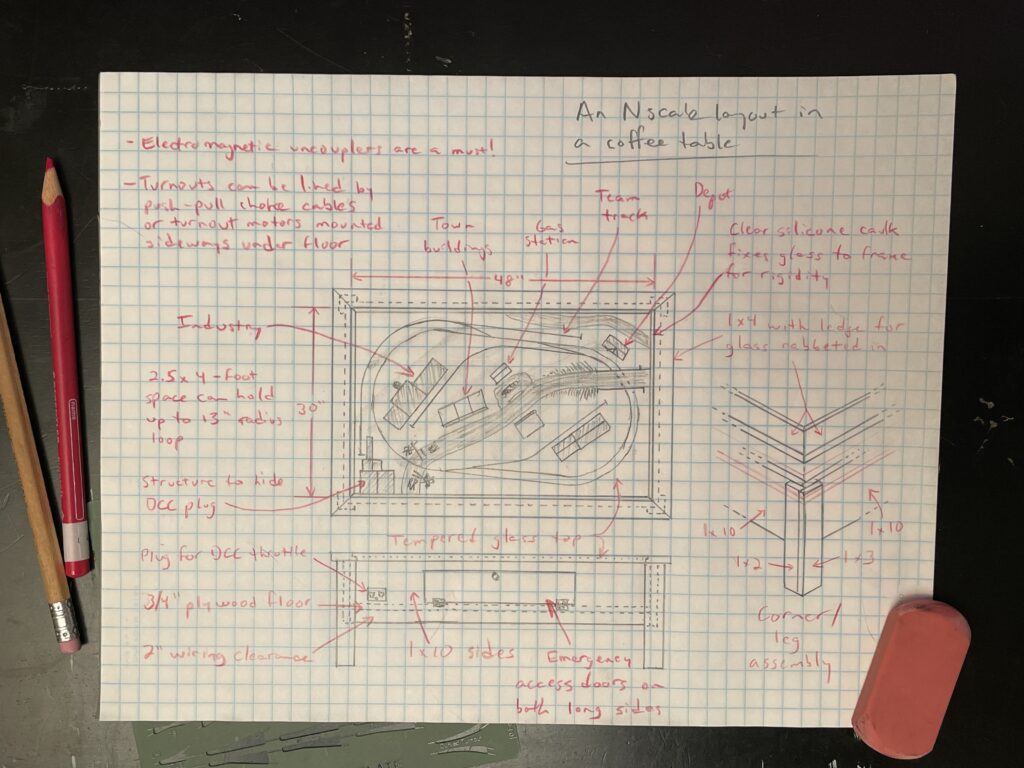
Over the years, I remember reading articles in Model Railroader about model train layouts built into furniture, like cabinets, dining tables, and coffee tables. I always thought this was a great idea, allowing modelers to bring their hobby out of the cold, lonely basement and into the welcoming atmosphere of the family room. It was an especially intriguing […]
Read More…
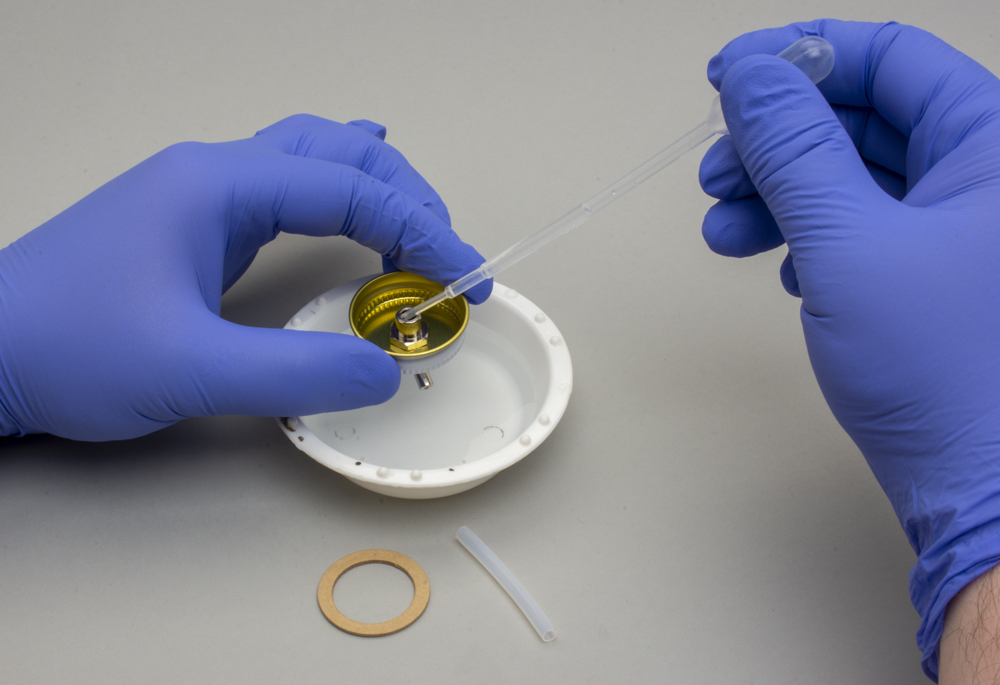
Airbrushing is a facet of the hobby I really enjoy. I’m sure some of my interest in painting is because my father and grandfather were auto body repairmen. I grew up around paint and paint equipment. One of the many lessons I learned from them was to take care of your tools. That’s true whether […]
Read More…
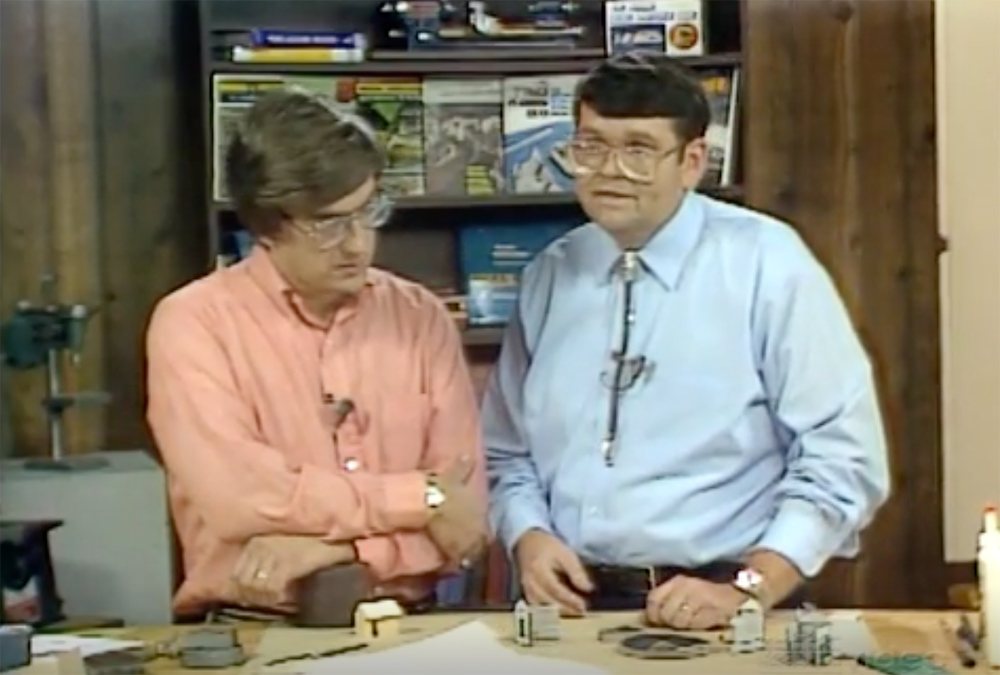
Model Railroader Video Vault highlights: Kalmbach has been producing model railroading videos for a long time, longer even than some readers realize. Luckily for us contemporary model railroaders, some of these videos have been digitized, and range from how-to videos to layout visits. These videos contain a wealth of knowledge from model railroading stars of […]
Read More…
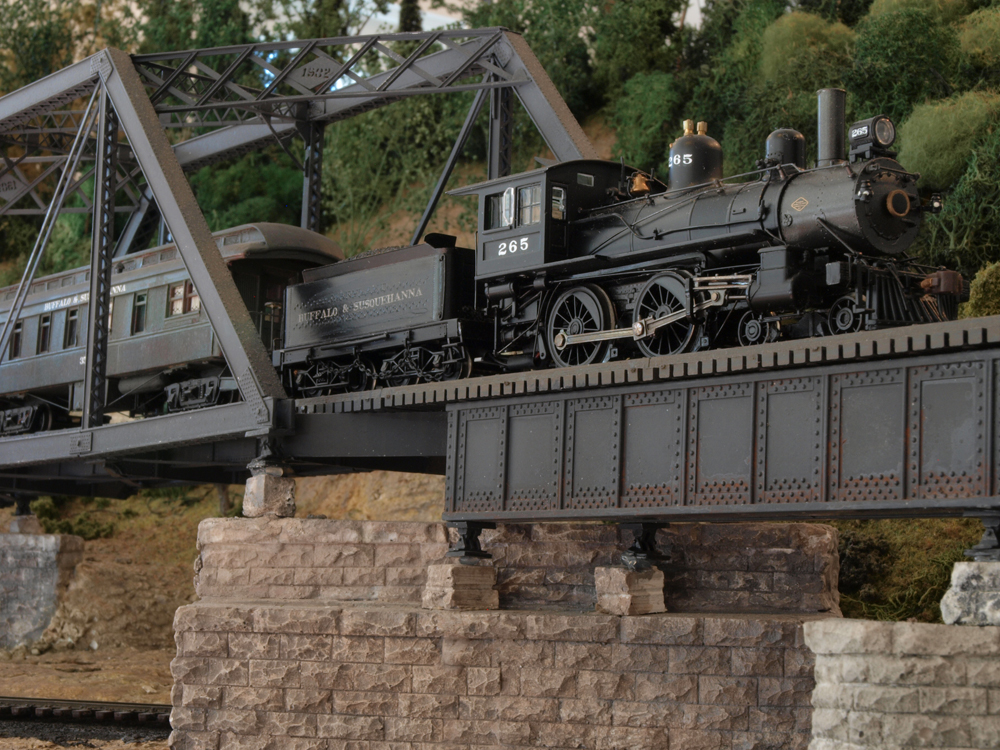
For most of my 70 plus years I have been interested in trains. Wherever I lived, I built a number of layouts in basements and attics. It was not until I became interested in the life of the Buffalo & Susquehanna Railroad that I thought it would be a railroad to model. It could not […]
Read More…
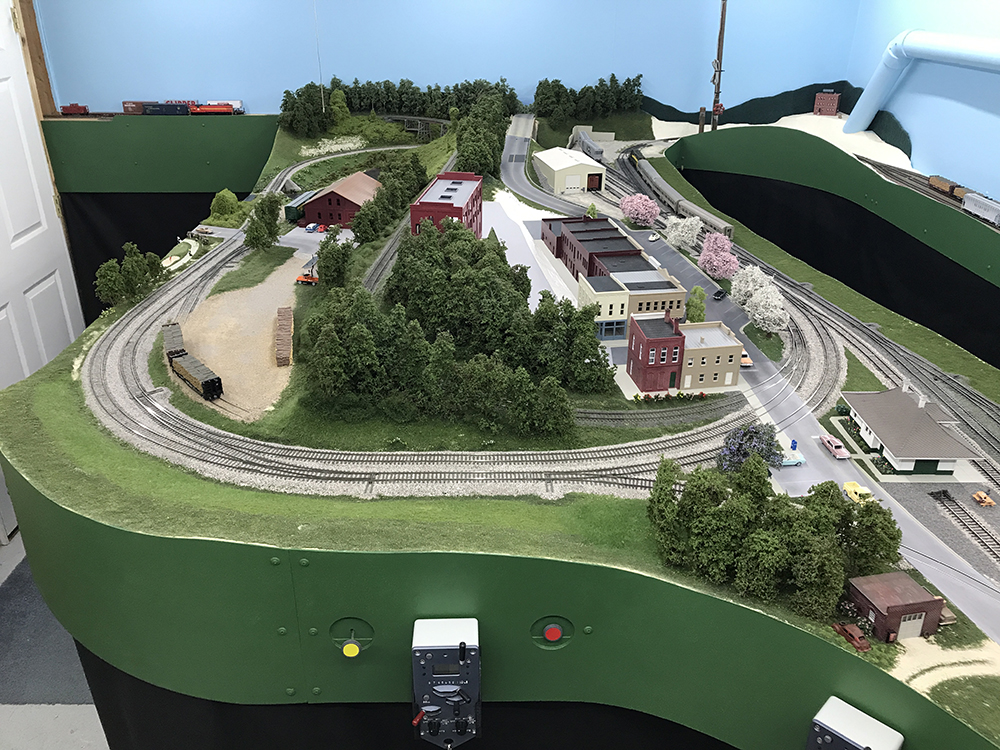
Built by Others is an article series showcasing layouts constructed by modelers using plans and projects from the pages of Model Railroader magazine. The Bedford Valley RR appeared in the November 1986 issue of MR. David Foxx built his own version, making an assortment of additions to it using pieces of other MR projects as well. – […]
Read More…
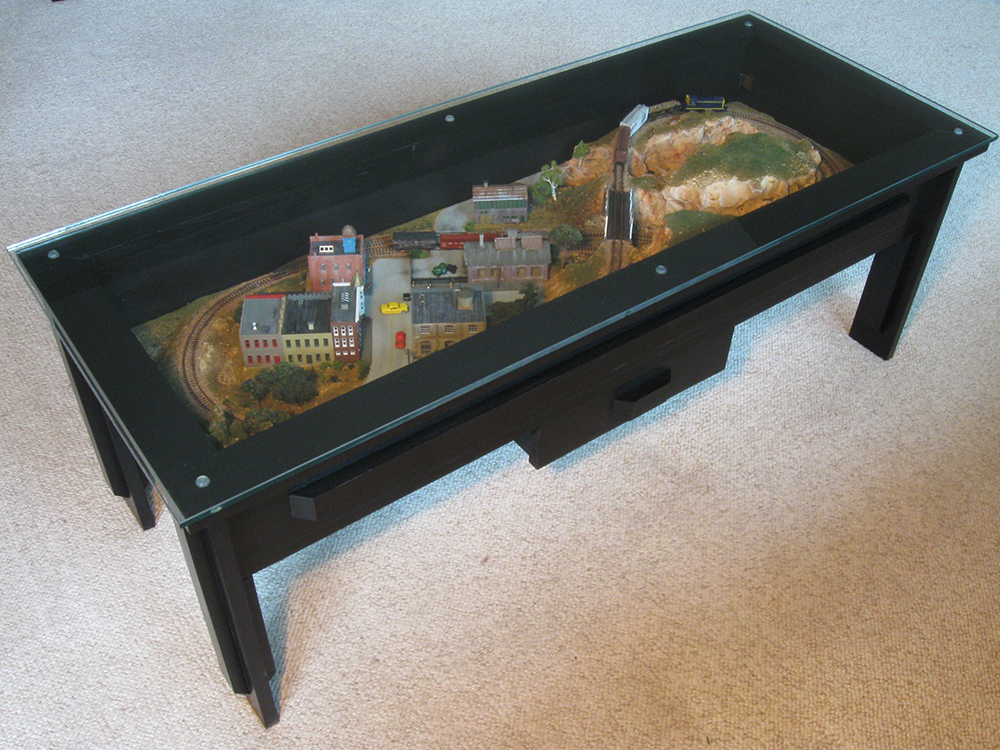
Model train décor using coffee table layouts: I always love the idea of a model railroad “hidden in plain sight.” Although a shelf layout is an effective and efficient way to integrate a model railroad into a living space, it is also very obvious where the layout is when you enter the room – particularly […]
Read More…
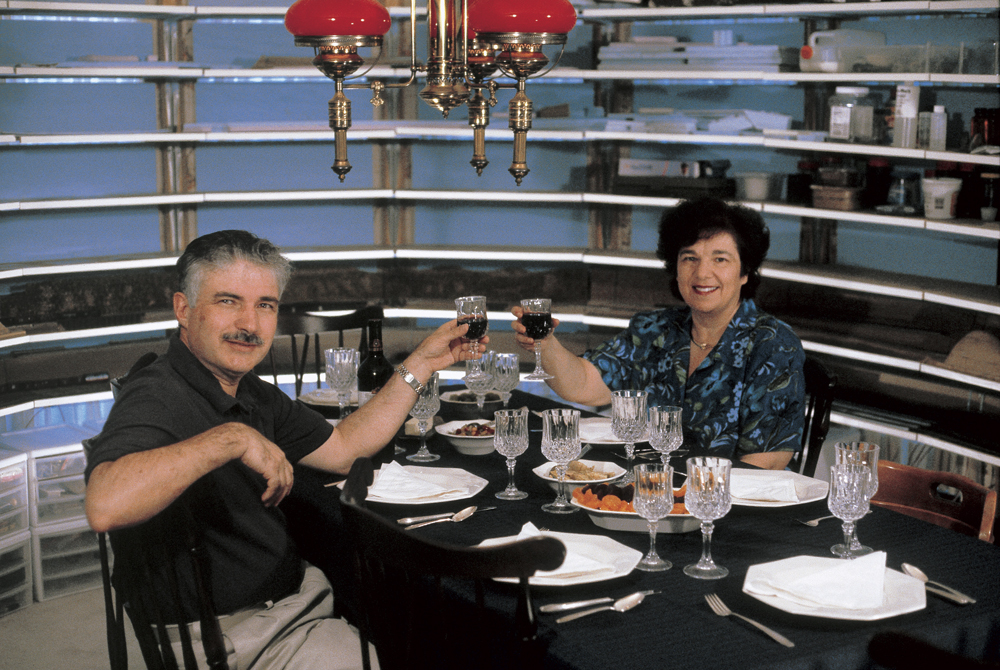
Model train décor using shelf layouts: While having a favorite model or two on display in the family living space is a great way to enjoy your trains, it’s usually only satisfying when you have a dedicated area elsewhere in your home, apartment, or condo to be able to run them. But if that’s not […]
Read More…
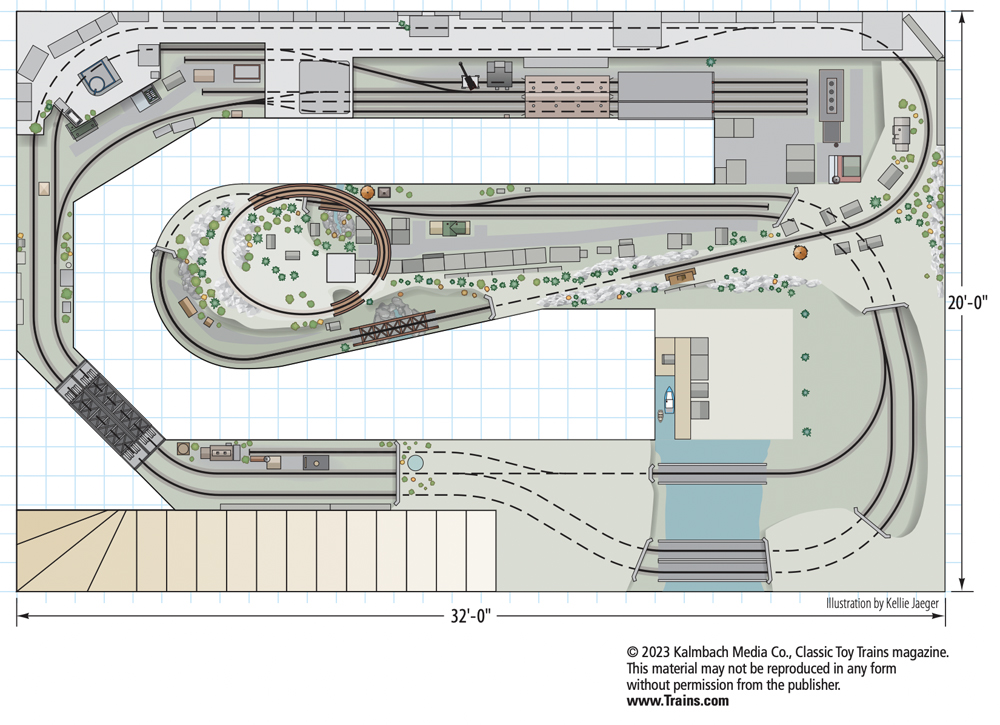
Gauge: ODimensions: 20 x 32 feetTrack: GarGravesSwitches: Ross Custom SwitchesMotive power: K-Line, Lionel, MTH, 3rd Rail, Weaver, WilliamsRolling stock: K-Line, Lionel, MTH, 3rd Rail, WeaverControls: Lionel type-ZW and MTH No. Z-4000 (4) transformers, with MTH Digital Command System and Lionel LegacyStructures: Ameri-Towne, Downtown Deco, MTH, scratchbuiltVehicles: Corgi, Diecast Direct, Ertl, SolidoFigures: Arttista, Homies, Model Power, […]
Read More…
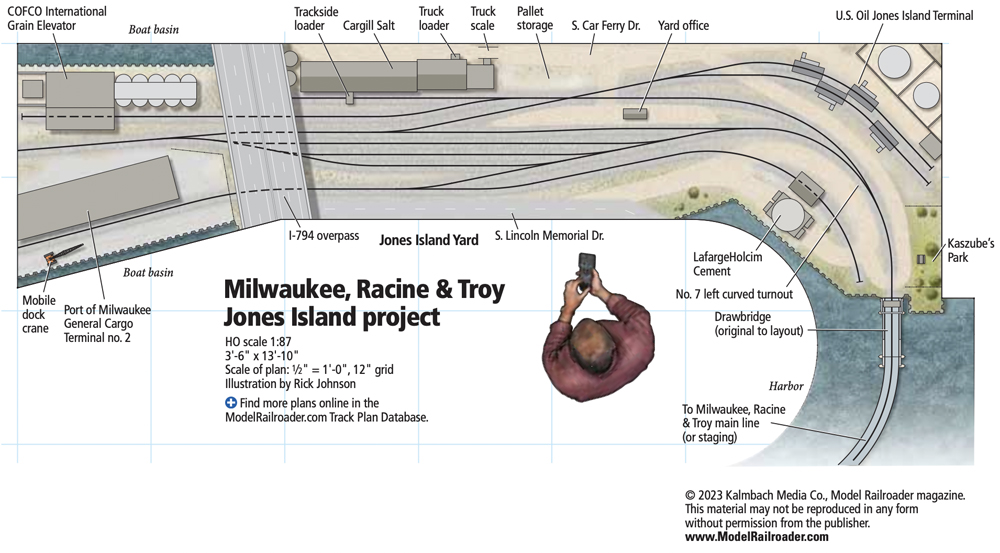
Facts & features Name: Jones IslandScale: HO (1:87.1)Size: 3′-6″ x 13′-10″Prototype: Port of MilwaukeeLocale: Milwaukee waterfrontEra: Present dayStyle: ShelfMainline run: NoneMinimum radius: 24″Minimum turnout: No. 6 Maximum grade: NoneBenchwork: L-girderHeight: 49″Roadbed: CorkTrack: Code 83Scenery: Extruded-foam insulation board, SculptamoldBackdrop: PhotoControl: NCE Digital Command Control Download a PDF of this track plan! Buy the May 2023 issue […]
Read More…












